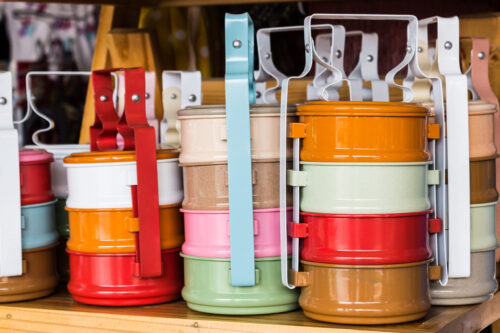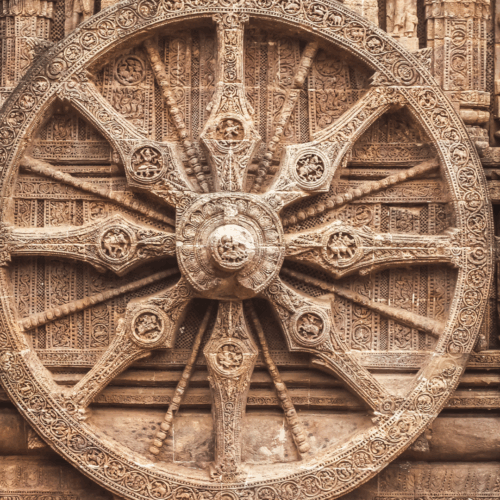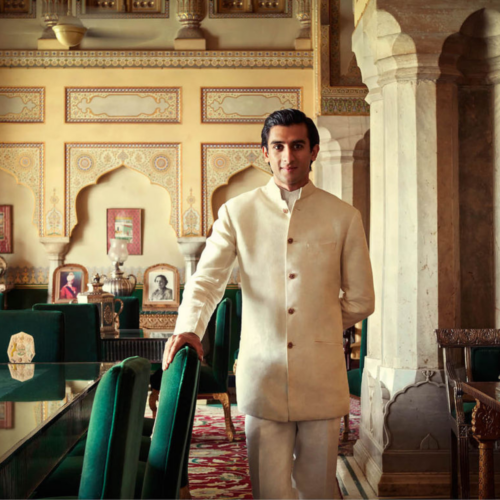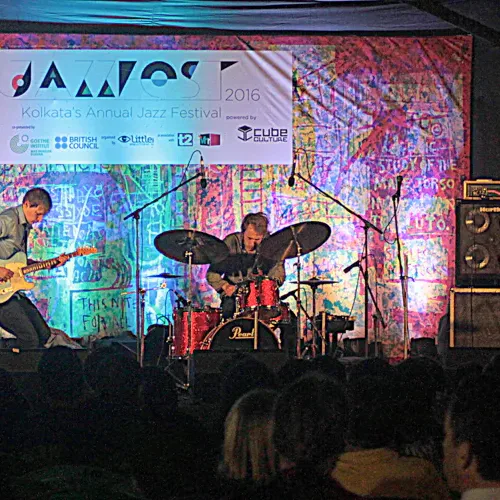Across the country, Indian parents lovingly prepare nourishing meals for their children, packed in the very same lunchboxes that once accompanied them to school. These ‘tiffin’ carriers blend nostalgia and practicality, ensuring hot and satisfying lunches for workers and schoolchildren alike.
Around the world, many countries from Malaysia to Hungary have taken inspiration from the stacked lunchboxes and traditional Indian restaurants in cities from London to New York serve up their specialities in those iconic metal bowls.
With roots in colonial times, the tale of the ‘tiffin’ lunchbox dates back to the 19th century, and remains a staple of Indian culture.
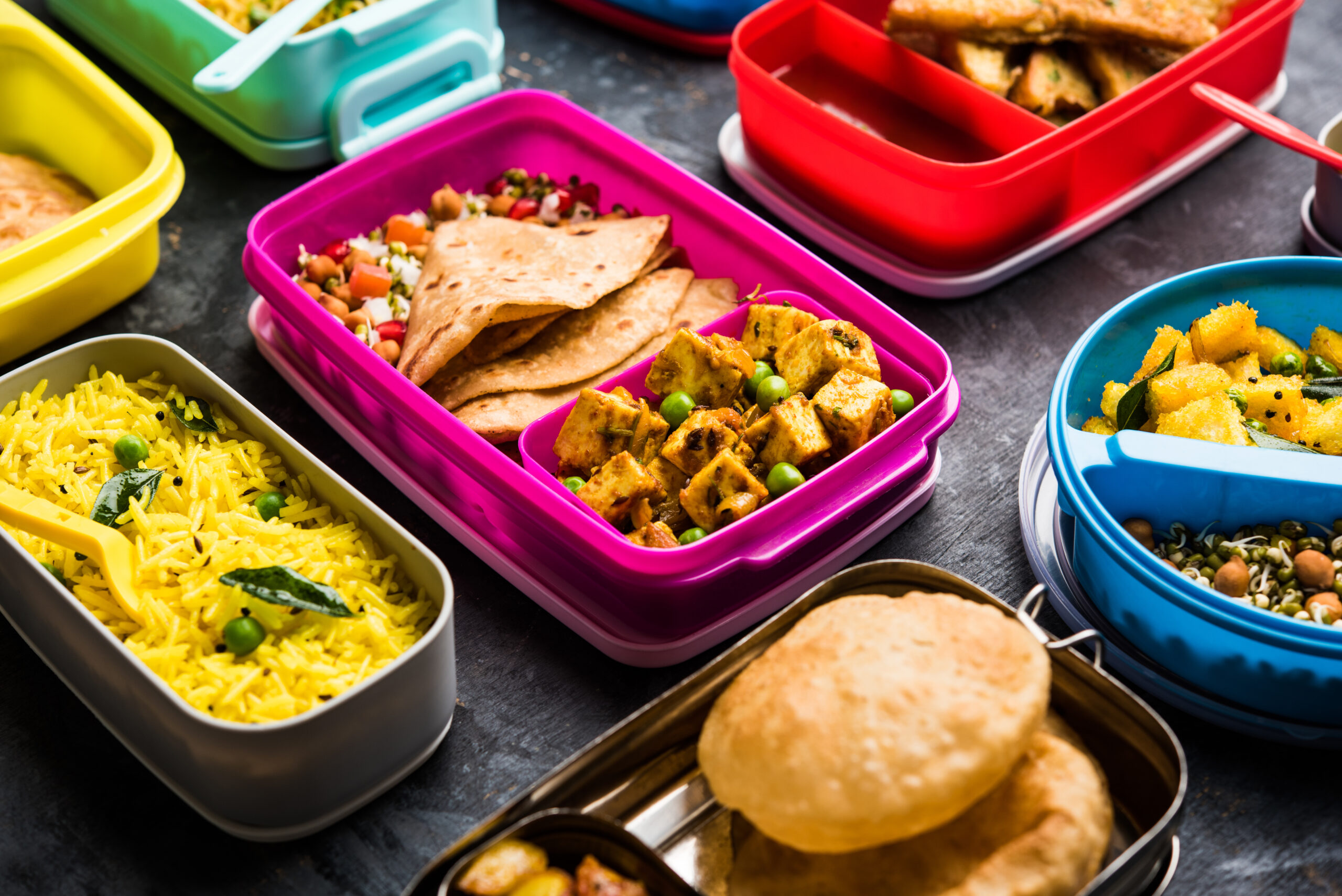
‘A spot of tiffin’
When the British first arrived in India, they were confronted with balmy, languorous days entirely unlike what they were used to back home. They soon realized they needed to adjust their eating rituals to fit in with this altered way of life, thus beginning the tradition of the ‘tiffin’. This term applied to the lighter lunch the British colonialists would eat in the daytime. In fact, anything eaten between breakfast and dinner would be referred to as ‘a spot of tiffin’.
The word itself is derived from the term ‘tiffing’ which the English used to describe taking a small swig of diluted liquor, or ‘tiff’- hinting that perhaps the Englishmen of the British Raj often enjoyed their lunch in liquid form.
The tale of the ‘tiffin’ lunchbox
From this, ‘tiffin’ evolved to also apply to the tasty street food and small daytime meals offered in markets and restaurants, eventually becoming the name given to the cylindrical lunchboxes these meals and snacks are served in.
While the term ‘tiffin’ is credited to the British, the lunchboxes themselves have been used for centuries in India. In ancient times, travelers would use animal skin or cotton bags to transport their food from place to place, with the predictable problem that it would be cold by the time they arrived at their destination. Taking inspiration from the earthen pots stacked on top of one another used to transport temple food, the ‘tiffin’ box was invented.
These circular lunchboxes, usually three or four compartments stacked and tightly sealed to ensure no spillage, were designed to keep the food warm and the flies away. Initially made of brass with tin interiors to prevent corrosion, today they are made of aluminum or stainless steel.
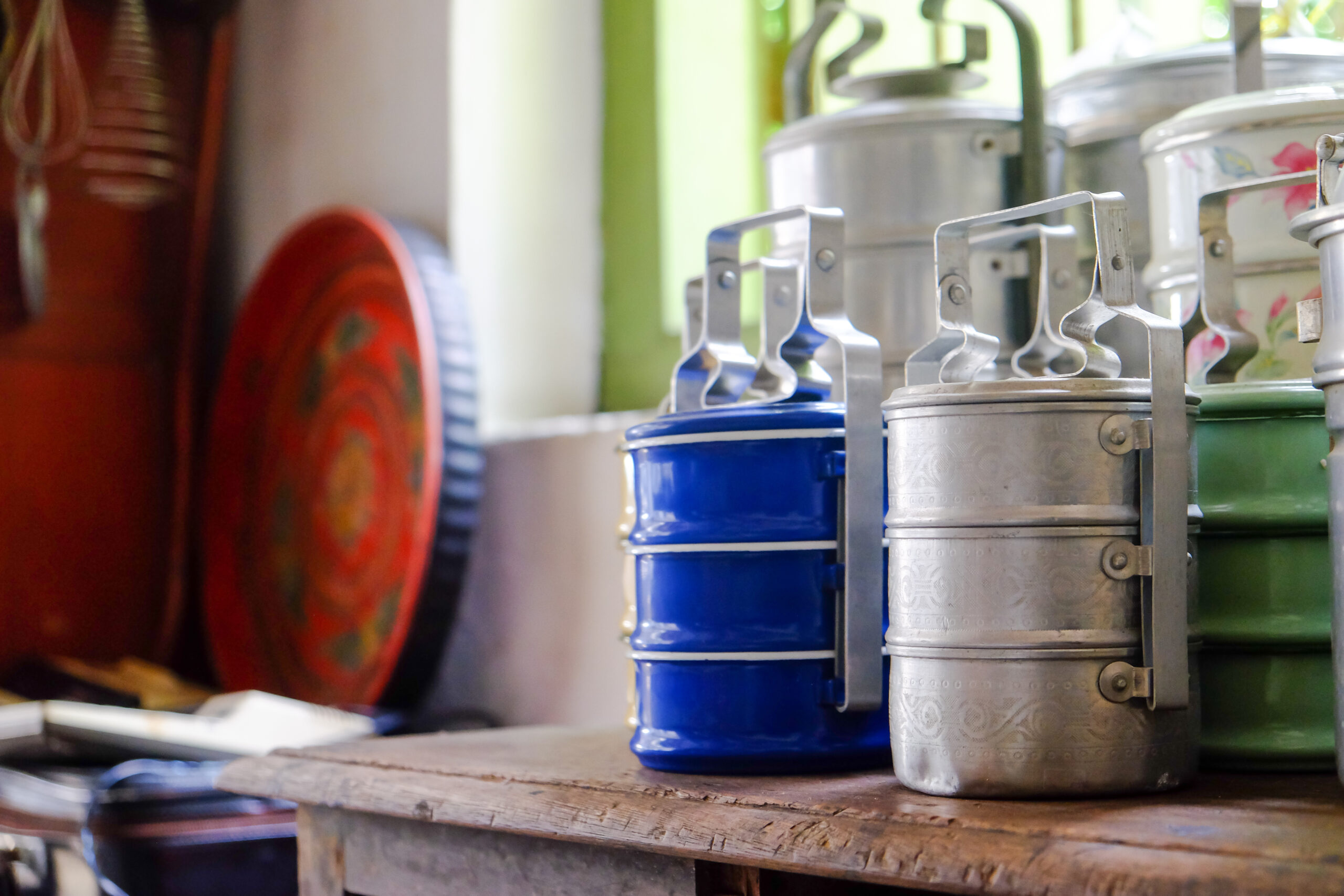
Dabbawala deliveries
Where today we have Postmates, 20th Century India had dabbawala– delivery men who deliver hot lunches fresh from homes and restaurants to workers across India in tiffin boxes. The term ‘dabbawala’ literally translates to ‘one who carries a box’ and originated in 1890 in Mumbai, when a man named Mahadeo Havaji Bachche created a business delivering tiffins packed with hearty food to workers. As popularity and demand increased, he began to employ hundreds of boys to become dabbawala and the service spread to cities across India.
Delhi’s delicacies
Whether they arrive in tiffin boxes courtesy of the dabbawalas or are enjoyed in one of the city’s charming restaurants, Delhi’s delicacies are reason alone to visit the enchanting city. Think rich Chole Bhatura filled with soft chickpeas, aromatic Nihari with slow-cooked meat in a spicy broth or stuffed paratha, a staple of Delhi’s culinary heritage.
The city also has countless incredible boutique hotels and guesthouses to create a home in while exploring the city’s landmarks, from The Manor, Delhi’s oldest boutique hotel combining an enviable address in the center of town with remarkable cuisine and elegantly decorated rooms, to Tikli Bottom, the Lutyen-style Indian haveli located in the leafy Aravali Hills just outside the lively city.
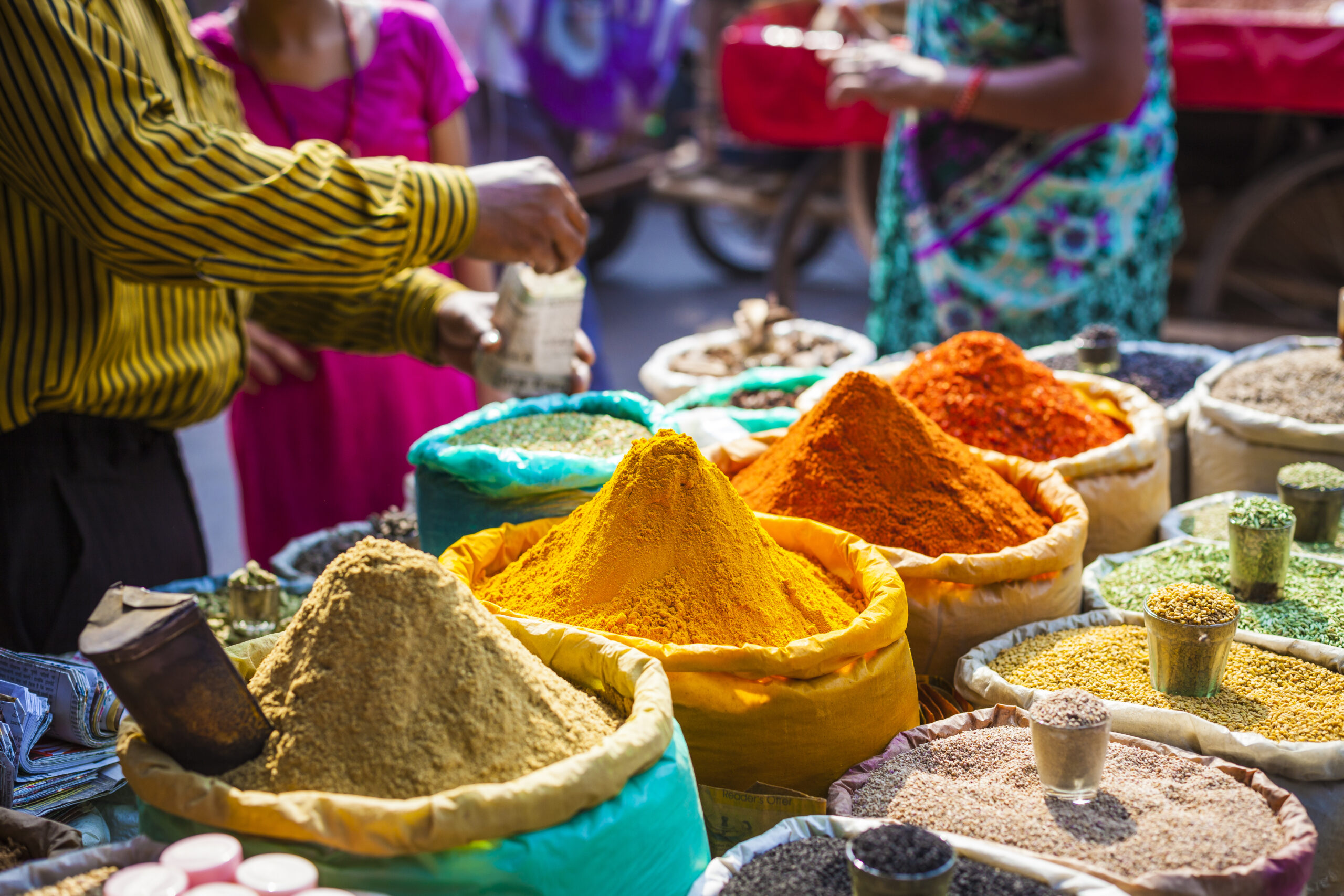
Image Credits: Tiffin lunchboxes by iceink © Shutterstock; Delhi cuisine by Indian Food Images © Shutterstock; Steel Tiffin lunchboxes by Jamesiez © Shutterstock; Spice market by Curioso.Photography © Shutterstock.
